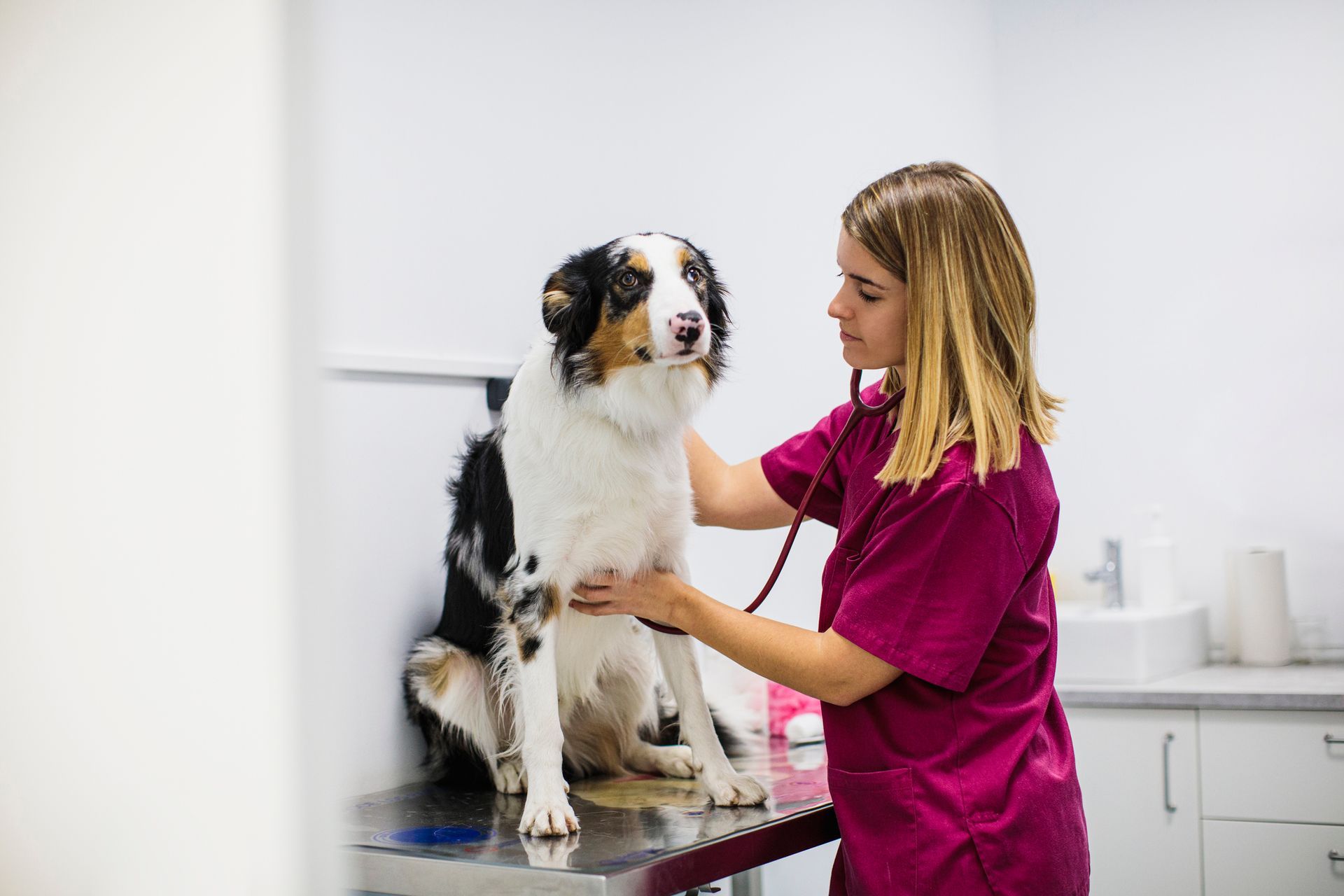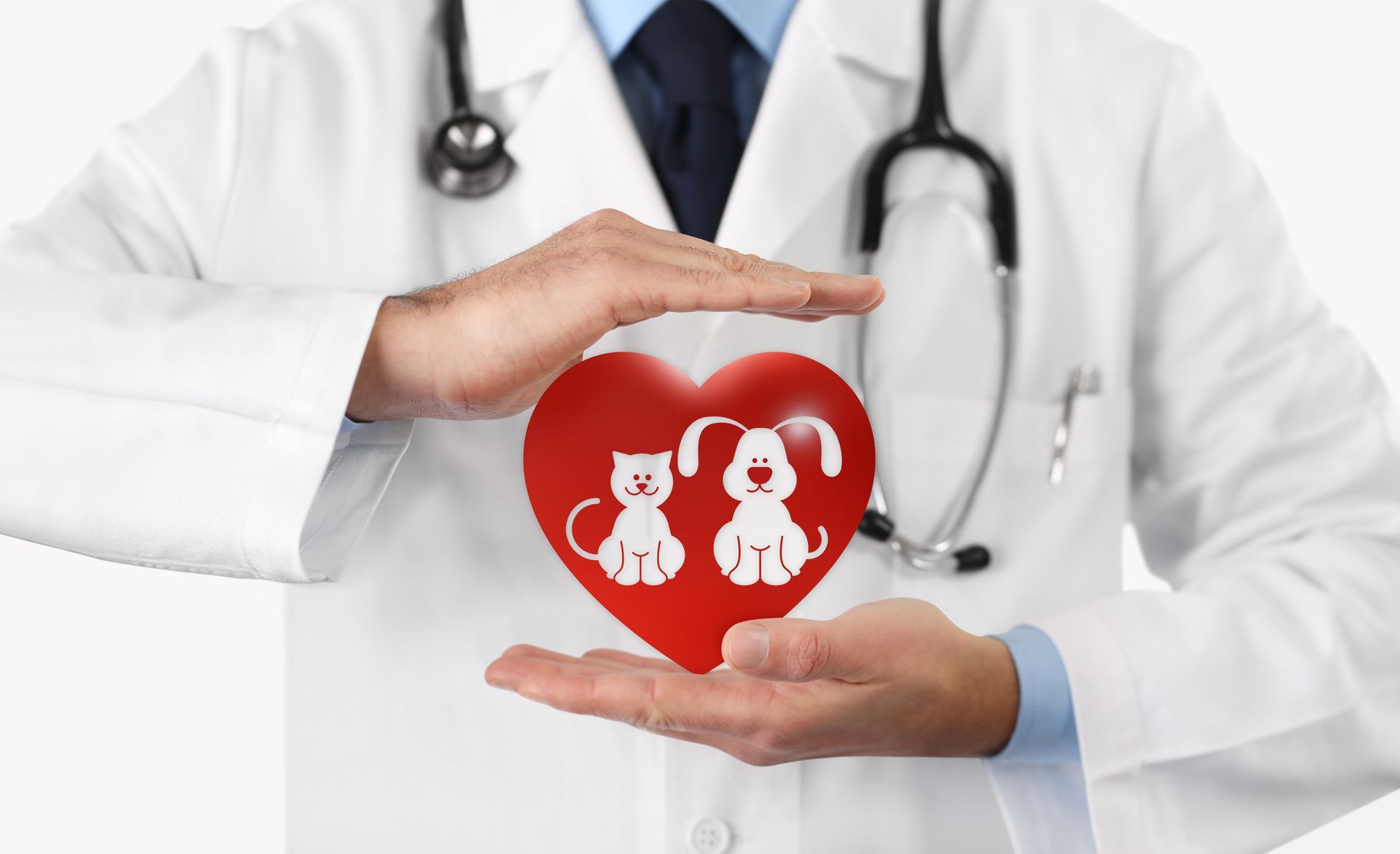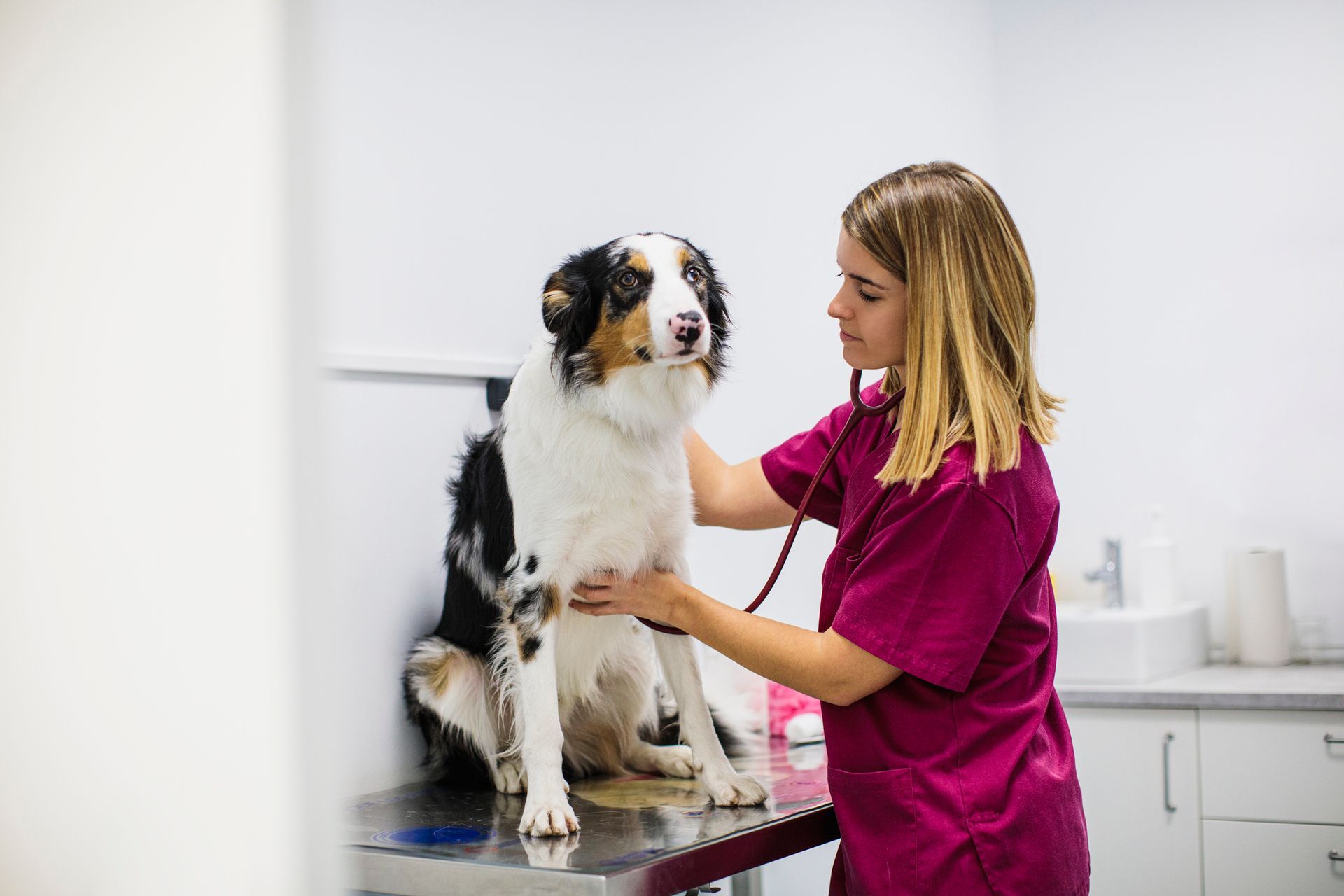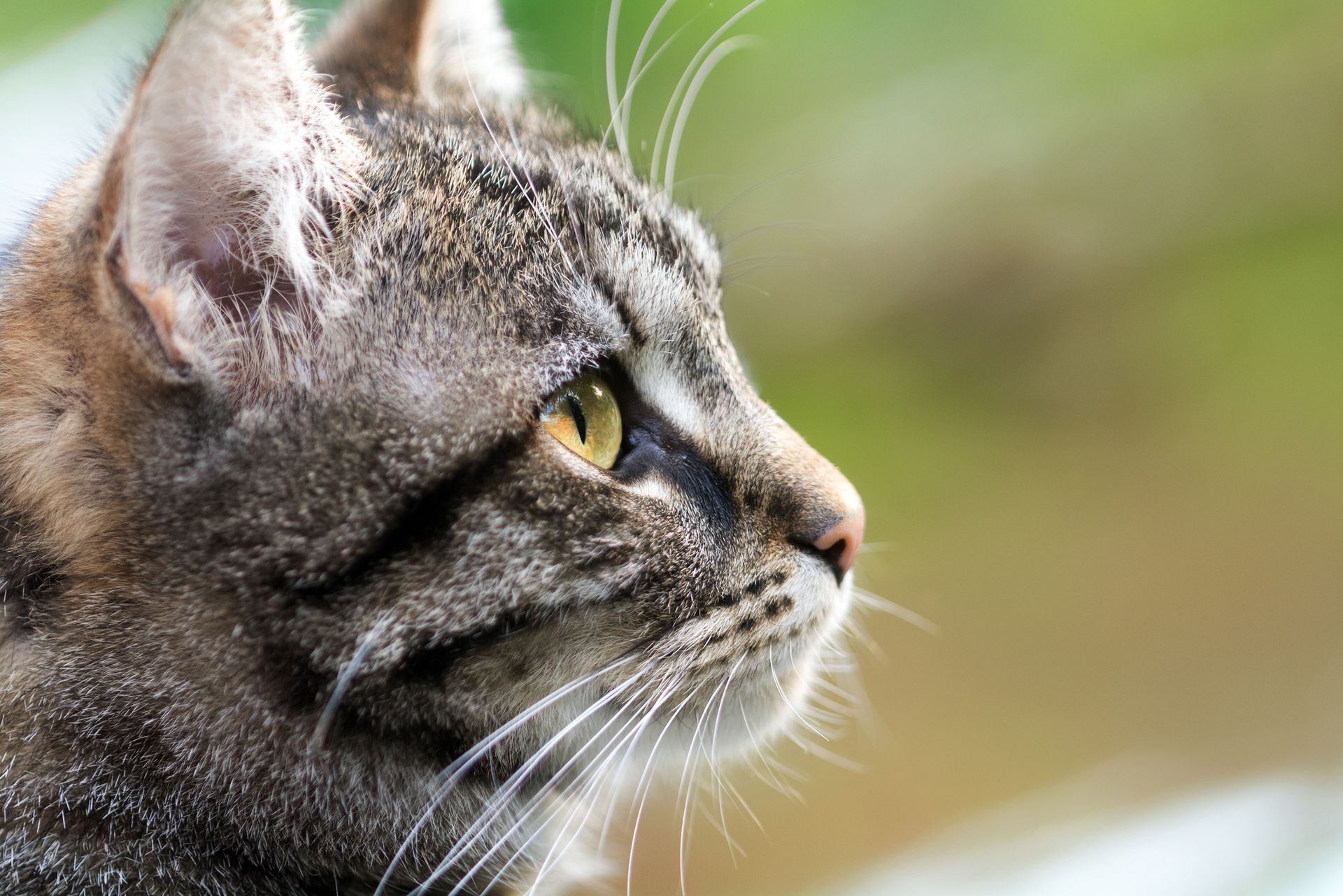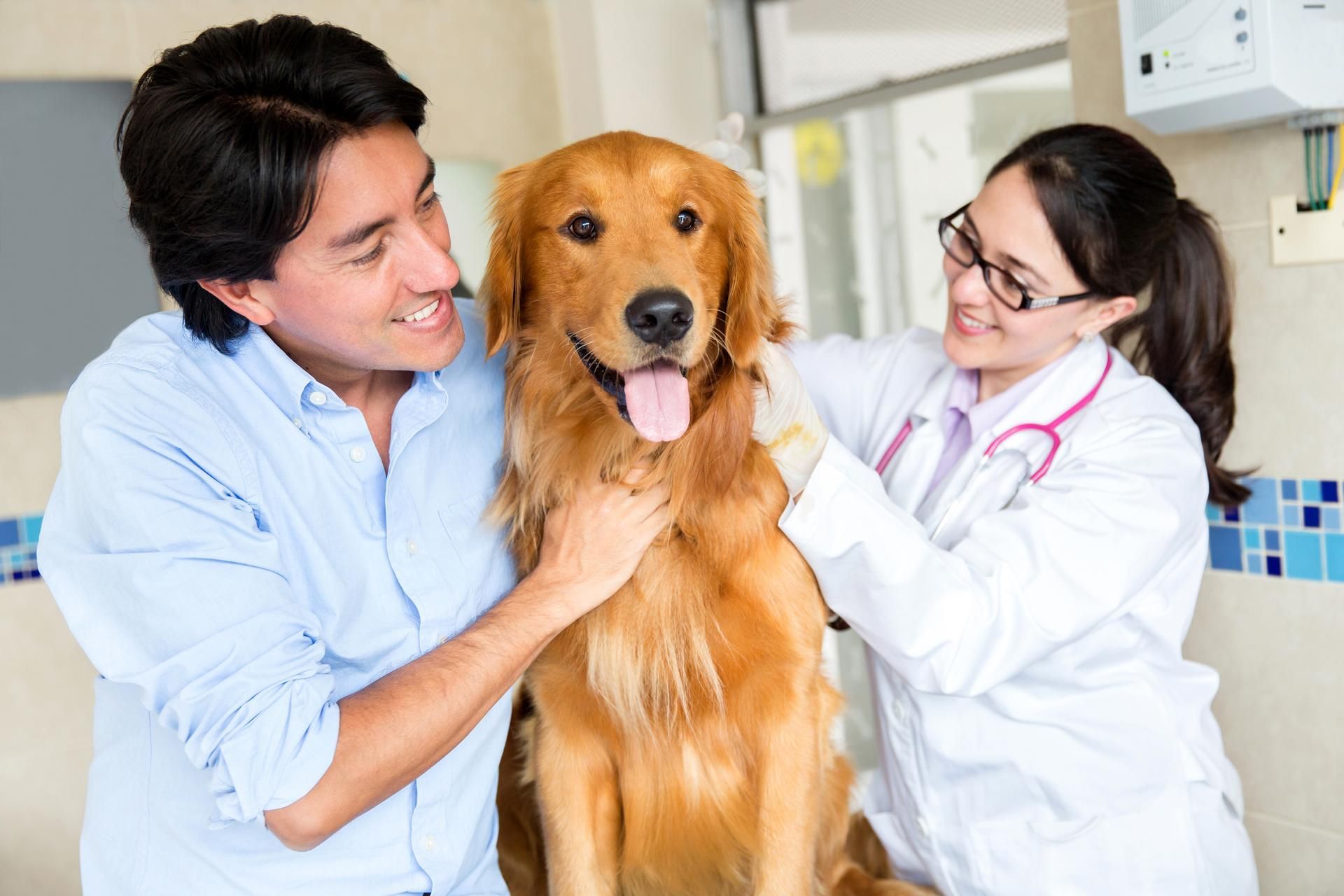Dogs, Children's Toys, and Signs of an Animal Emergency
Dogs are clever, but they cannot read. To them, a toy is a toy, whether you purchased it from the pet aisle or the toy aisle. If you have children in the home, then you know how common it is for a curious dog to snoop out a children's toy and let the chewing begin. While many toys are safe and harmless, you may want to prevent dogs from chewing children's toys.
In the blink of an eye, an emergency can occur and result in trauma for your pet. Follow this guide to learn how children's toys pose a threat, what to look for when a problem occurs, and when you absolutely need to visit a vet for an emergency visit.
Hard & Soft Plastic
One of the biggest differences between children's toys and dog toys is the parts used to create the items. Dog toys are manufactured to be chewed on and will typically include softer plastics and rubber that is gentle on the teeth. Children's toys often include a harder plastic that can crack or snap when pressure is applied.
If a children's plastic toy cracks, then shards with sharp and hard edges can create issues for a dog. One of the main concerns includes lacerations of the mouth. A dog could cut their inner mouth, damage gums, or slice their tongue. Many children's toys may include screws or sharp plastic fasteners that could cause mouth damage.
If your dog has suddenly started bleeding from the mouth, then you should bring them to the vet right away. A vet will perform an oral exam and may perform x-rays on the dog's jaw. The emergency visit may also include stitches to help close up any major cuts.
The use of closed toy boxes or high shelves can help prevent toy access for dogs. Keep a dog's toys separate and look for items that do not have a similar color or shape to your child's toy collection.
Stuffed Animals
Some dogs prefer to toss, chew, and play with stuffed animals rather than harder toys. With stuffed animals, you will notice a distinct difference between children's stuffed animals and stuffed toys made for dogs. One of the main areas where you'll see a difference in the eyes. Many children's stuffed animals include hard plastic eyes. Hard plastic noses are common too.
If a dog chews out the eye or nose, it can become a major choking hazard. Stuffed animals made for dogs include a flat surface with sewn or screen-printed eyes. It's also important to pay attention to the interior of a stuffed animal. Some stuffed animals, like Beanie Babies, will include small plastic filler beads.
If a dog swallows the plastic beads, then the animal could suffer stomach issues and have trouble passing the beads. If a dog has torn apart a stuffed animal with hard parts, then you should contact a vet as soon as possible. A vet can provide x-rays to see if the objects have become stuck in the intestines or throats.
In some cases, emergency surgery may be needed to help heal the dog.
Paints & Manufacturing
Dog toys are created with the safety of the dog in mind. When children's toys are created, the intent is not to eat or chew the toy in any way. This means, that children's toys could include harmful substances like paint. If ingested, a dog could become ill or have an adverse reaction to the toy.
Some toys may have recalls due to ingredients like lead paint. Not only do you want to keep the toys away from pets, but your children as well. Keep up to date with the recall status of toys to ensure the harmful products are not in your home.
Signs of Trouble
A bloody or choking dog is an obvious sign of a pet emergency after chewing on a toy, but there are some more subtle signs you may have missed or that do not show up right away. For example, you should pay attention to your dog's eating and drinking habits. A dog may eat less with a toy piece is lodged in their throat or blocking the stomach.
A dog may drink a lot more water. They could try to use the water to flush out toy pieces. Track their drinking habits and pick up on any unusual actions. A dog with irritation could try to scratch at their throat area and may take longer to get comfortable. You know your dog well and any sign of change could be worth making an appointment before the problem worsens.
Signs of a problem worsening could include a bloody stool, bloody urine, or a dog's inability to go to the bathroom. In any of those cases, you should take the dog to an emergency vet as soon as possible.
For more information on our emergency services, contact us directly at South Seattle Veterinary Hospital. We will help your dog, diagnosis any issues, and return your beloved pet back to normal health.





